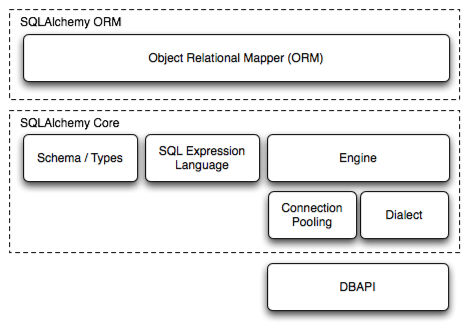Let me introduce my new project, which is irissqlcli, REPL (Read-Eval-Print Loop) for InterSystems IRIS SQL
- Syntax Highlighting
- Suggestions (tables, functions)
- 20+ output formats
- stdin support
- Output to files
Install it with pip
pip install irissqlcliOr run with docker
docker run -it caretdev/irissqlcli irissqlcli iris://_SYSTEM:SYS@host.docker.internal:1972/USERConnect to IRIS
$ irissqlcli iris://_SYSTEM@localhost:1972/USER -W
Password for _SYSTEM:
Server: InterSystems IRIS Version 2022.3.0.606 xDBC Protocol Version 65
Version: 0.1.0
[SQL]_SYSTEM@localhost:USER> select $ZVERSION
+---------------------------------------------------------------------------------------------------------+
| Expression_1 |
+---------------------------------------------------------------------------------------------------------+
| IRIS for UNIX (Ubuntu Server LTS for ARM64 Containers) 2022.3 (Build 606U) Mon Jan 30 2023 09:05:12 EST |
+---------------------------------------------------------------------------------------------------------+
1 row in set
Time: 0.063s
[SQL]_SYSTEM@localhost:USER> help
+----------+-------------------+------------------------------------------------------------+
| Command | Shortcut | Description |
+----------+-------------------+------------------------------------------------------------+
| .exit | \q | Exit. |
| .mode | \T | Change the table format used to output results. |
| .once | \o [-o] filename | Append next result to an output file (overwrite using -o). |
| .schemas | \ds | List schemas. |
| .tables | \dt [schema] | List tables. |
| \e | \e | Edit command with editor (uses $EDITOR). |
| help | \? | Show this help. |
| nopager | \n | Disable pager, print to stdout. |
| notee | notee | Stop writing results to an output file. |
| pager | \P [command] | Set PAGER. Print the query results via PAGER. |
| prompt | \R | Change prompt format. |
| quit | \q | Quit. |
| tee | tee [-o] filename | Append all results to an output file (overwrite using -o). |
+----------+-------------------+------------------------------------------------------------+
Time: 0.012s
[SQL]_SYSTEM@localhost:USER>




.png)
.png)

